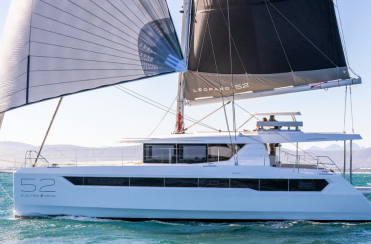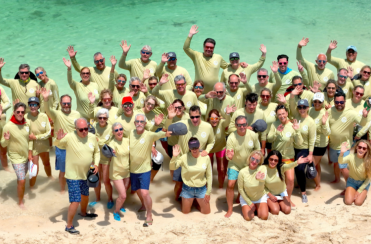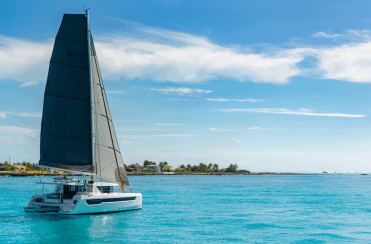
Why Owning a Leopard Catamaran Is the Ultimate Holiday Investment
December 12, 2025
Say goodbye to crowded airports and booked-out resorts. With a Leopard, your private escape is ready whenever you are—perfect for spontaneous weekends, weeklong adventures, or quiet moments at sea. Freedom, space, and effortless handling make every holiday unforgettable.






